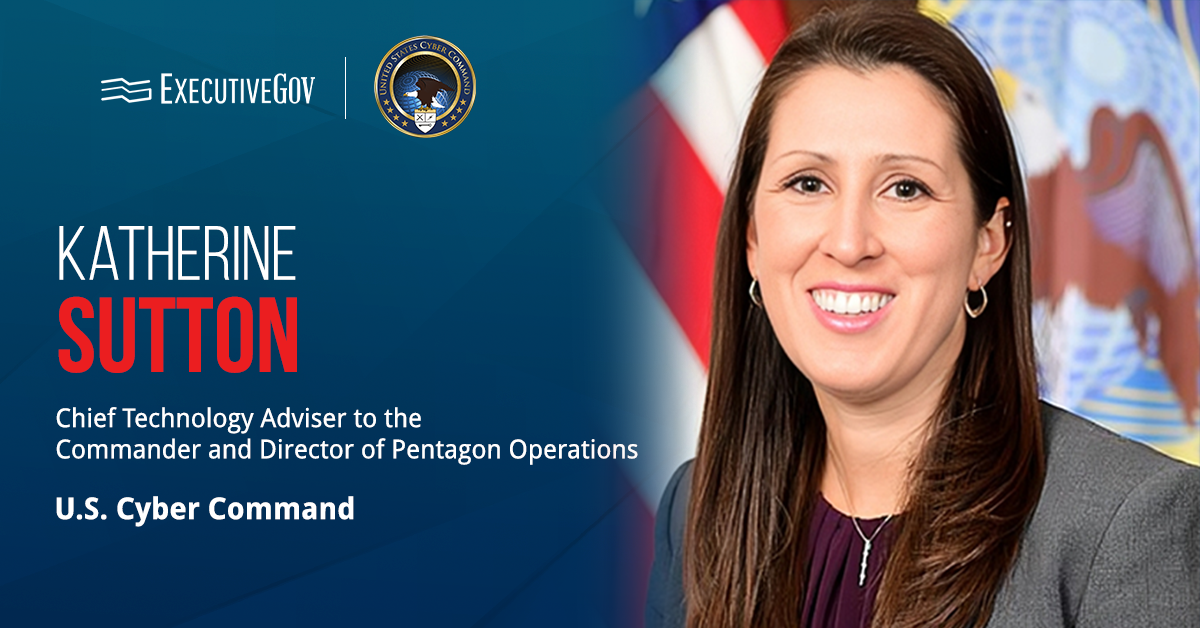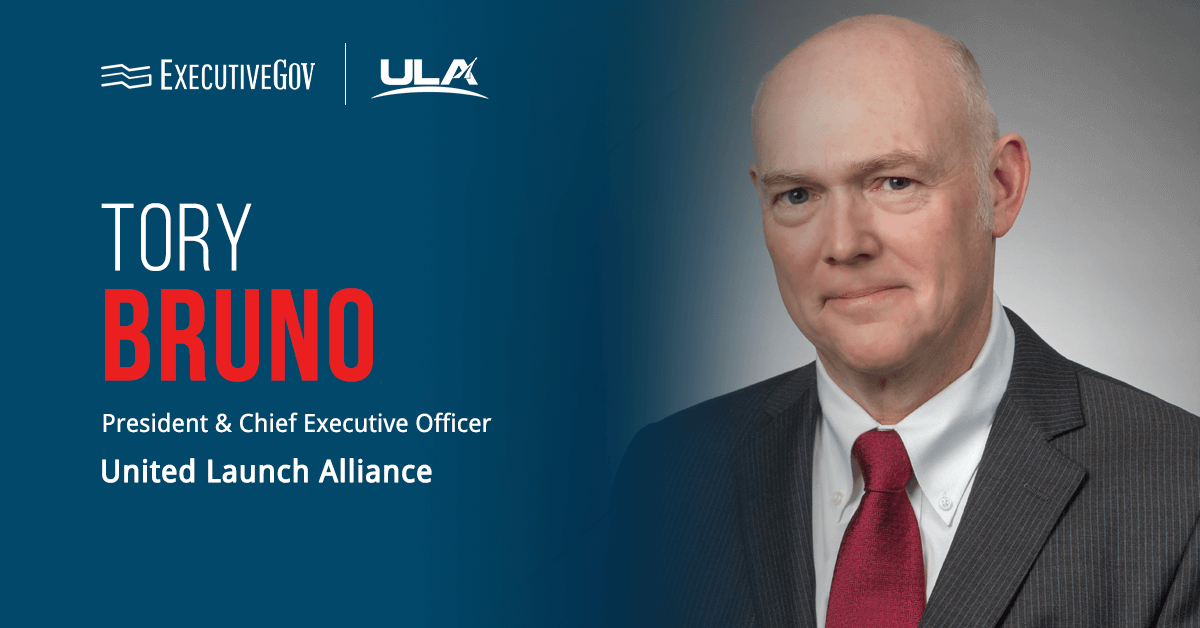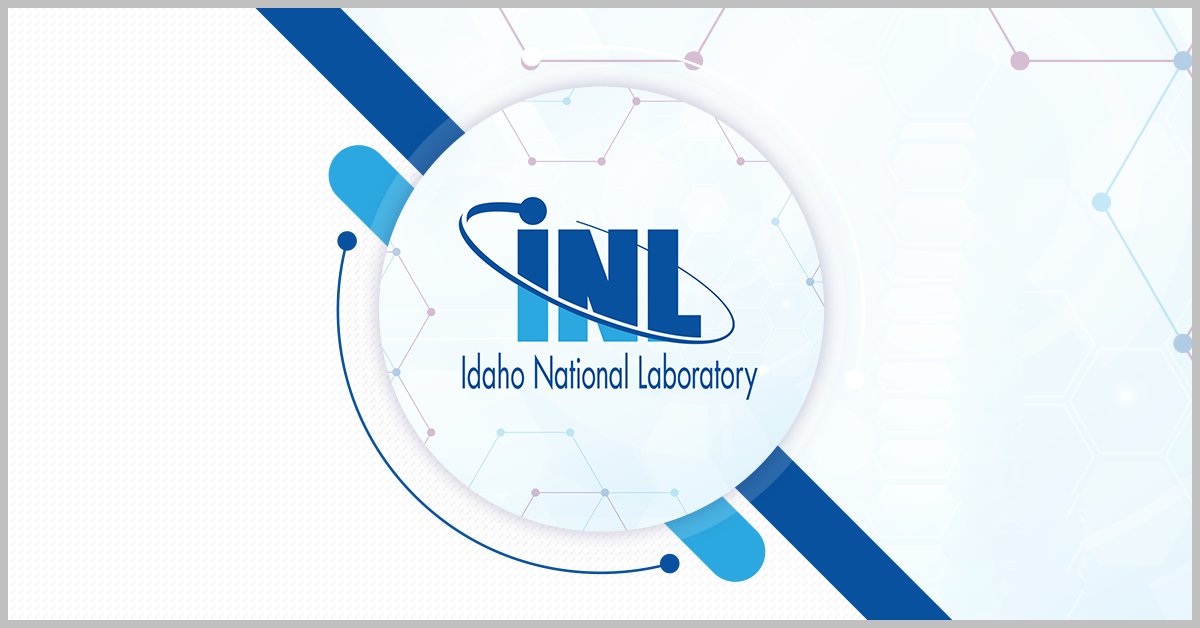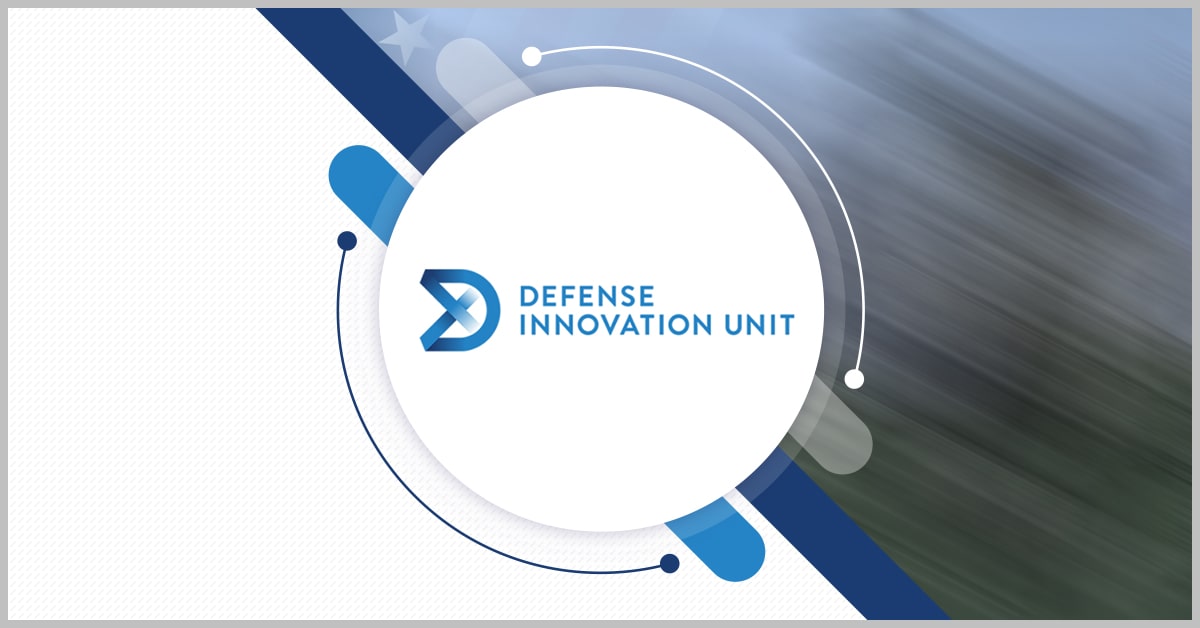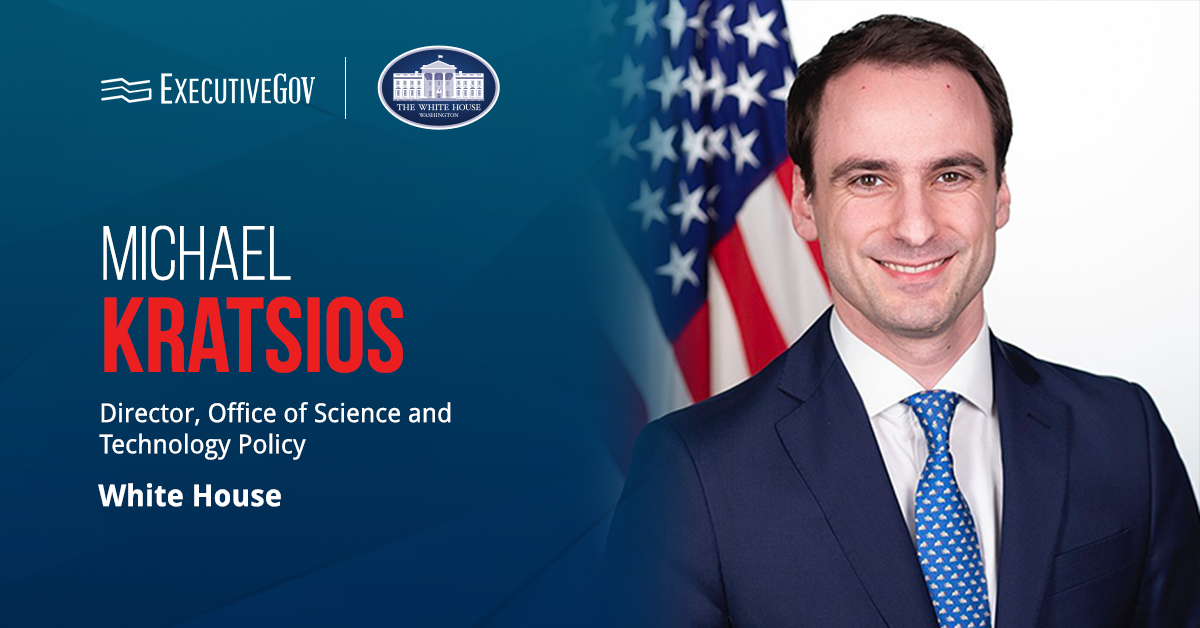President Donald Trump has nominated Katherine Sutton, a cyber policy and technology expert, to serve as assistant secretary of defense for cyber policy.
Congress received Sutton’s nomination for the Department of Defense position on Monday and referred it to the Senate Armed Services Committee.
If confirmed, Sutton would oversee DOD’s policy for cyber operations and concurrently serve as principal cyber adviser to the secretary of defense.
Katherine Sutton’s Career Background
Sutton has been serving as chief technology adviser to the commander and director of Pentagon operations at U.S. Cyber Command since 2023. In this capacity, she advises the commander on the development of engineering policies and strategies to execute the command’s authorities for acquisition, workforce management, service-like functions and enhanced budget control.
She has over two decades of experience in cyber policy, technology development and legislative oversight.
Before joining USCYBERCOM, the national security official served as a professional staff member on the Senate and House Armed Services Committees.
Sutton spent 15 years at Sandia National Laboratories, where she served as a research and development cybersecurity manager, Congressional Fellow to HASC’s Emerging Threats and Capabilities Subcommittee and nuclear nonproliferation R&D technical adviser at the National Nuclear Security Administration.
The University of Illinois Urbana-Champaign graduate holds a master’s degree in electrical engineering from Stanford University.


